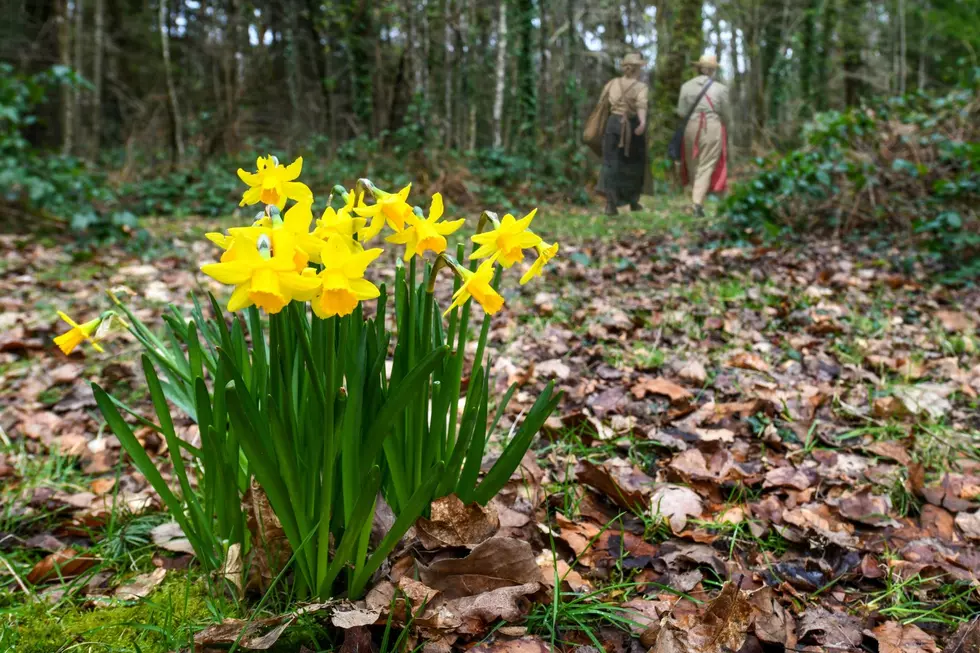
Why You Should Walk Away if You See an Red ‘X’ on Indiana Trees
Warmer weather is finally rolling into the area with Spring officially underway which means we can finally get out of the house and do all those things we love to do outside. Maybe for you, that's gardening or riding your bicycle. Maybe it's hitting up your favorite golf course to play 18. Or, maybe it's enjoying a hike through the woods at one of Indiana's great local and state parks. If it's the latter, there's a chance you may notice several trees with spray-painted markings on them. And, if one or more of them is a red 'X,' it's a signal that you need to back off.

Why Trees are Marked with Spray Paint
If I see spray paint on something I normally wouldn't see spray paint, my first thought is that some kid with nothing better to do decided it would be fun to graffiti some property. That's generally not the case if you find trees marked with paint. The U.S. Forest Service, as well as timber companies, use spray paint markings for a variety of reasons. For example, according to Family Handyman, different colors and different symbols are used to signify different things such as trees that are dying and need to be cut down before they fall over on their own, or that an endangered species has set up a nesting place in a particular tree and should be left alone. One may signify that a tree needs to be treated for an infestation like emerald ash borers, while another means the tree simply needs to be pruned.
The Meaning of the Red X
While the majority of those markings can be ignored by the general public (i.e. you and me), the red X is different. It is a marking specifically designed for us because it means we closing in on an area we're not allowed to be in, according to Family Handyman who spoke with a U.S. Forest Service regional press officer:
...in most cases, red paint designates the boundary of USFS land.
READ MORE: If You See Purple Paint in Indiana Woods, You Need to Leave the Property
What that essentially means is that those trees mark the government's property line and you are not allowed past them.
Penalty for Entering Government-Owned Land
I couldn't find a specific reference to trespassing on government-owned forest property on the Forest Service website. My guess is if you are caught in an area you shouldn't be in by an agent with the U.S. Forest Service or a conservation officer and aren't doing anything stupid, they'll let you know you're in an area you shouldn't be in, and will ask you to leave.
With that said, the closest thing I found that could apply to this situation is a line in Title 36, Part 261 of the U.S. Department of Agriculture rules and regulations (the Forest Service is an agency under the USDA) that reads:
Entering any building, structure, or enclosed area owned or controlled by the United States when such building, structure, or enclosed area is not open to the public.
I would think the term "enclosed area" could apply in this case as the trees marked with a red X would serve as the "fence" designed to keep the property off limits to the general public. However, that is pure speculation on my part.
Let's say for argument's sake it does apply in this instance. The penalty for violating the rule, according to the USFS "shall be punished by a fine of not more than $500 or imprisonment for not more than six months or both."
Again, my guess is if wander in accidentally, chances are you'll simply be asked to turn around and head back the way you came. But, now that you know what the X means, it would be better to play it safe and just stay out of the area altogether.
[Sources: Family Handyman / U.S. Forest Service]


